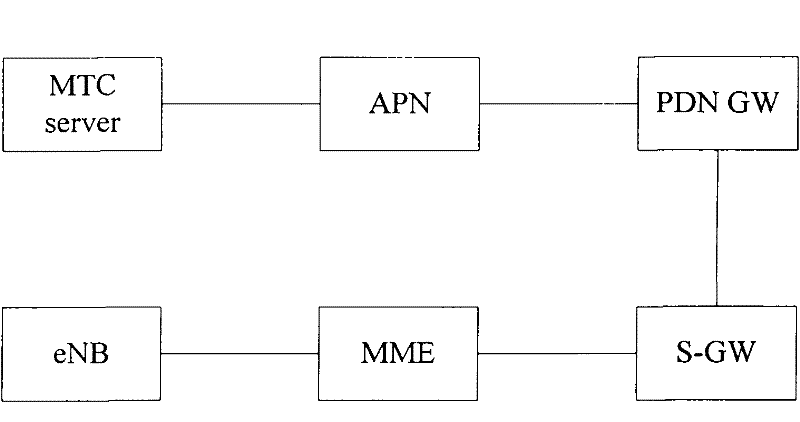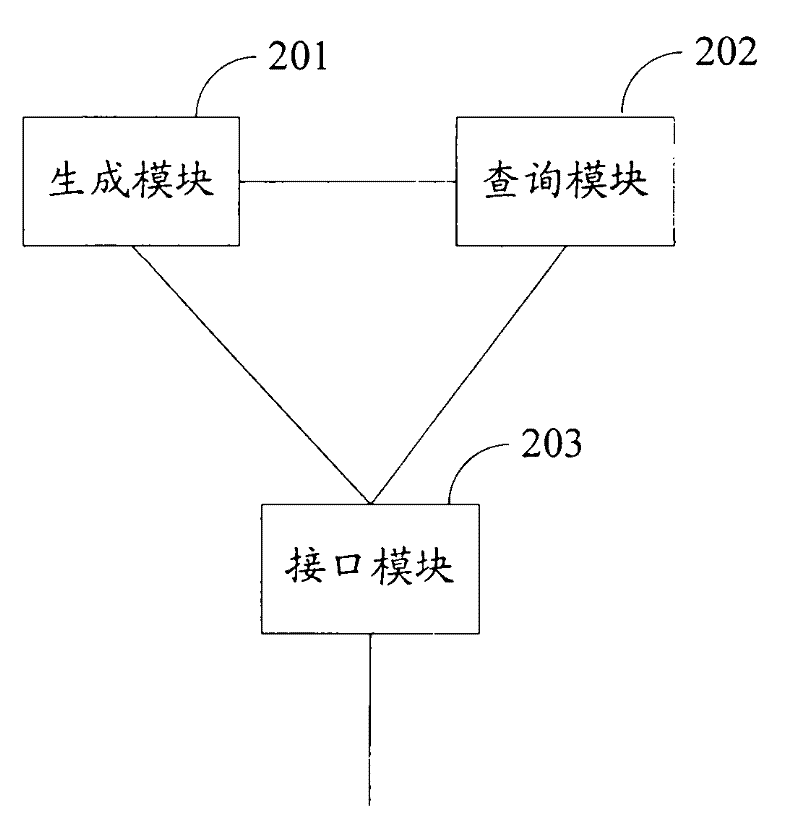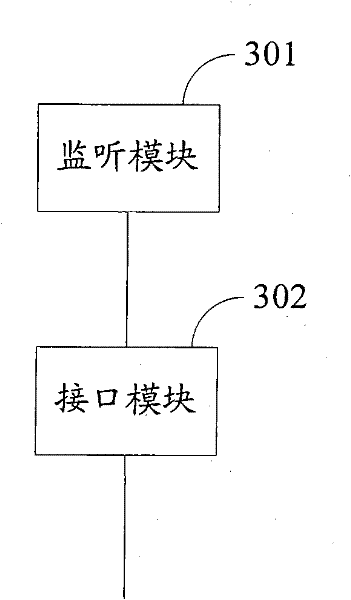Machine type communication common message transmission method and device
A machine-type communication and public message technology, applied in the field of communication, can solve the problems of occupying air interface resources and paging volume surge, and achieve the effect of saving network resources and realizing flexibility
- Summary
- Abstract
- Description
- Claims
- Application Information
AI Technical Summary
Problems solved by technology
Method used
Image
Examples
Embodiment Construction
[0029] In the embodiment of the present invention, information transmission to the MTC terminal is realized by sending a paging message to a group that needs to receive the message. Compared with the traditional paging method, one-to-one sending is no longer required, which saves network resources. Compared with the MBMS method, the realization of the paging message is more flexible, and is not limited by the fixed format and length.
[0030] This embodiment includes a RAN group (RAN group) and an MTC group (MTC group). RANgroups can be divided according to services, operations, and MTC equipment types. MTC groups can be divided according to MTC equipment types and regions. Each RAN group has a unique RAN group public identifier, and each MTC group has a unique MTC group public identifier. The RAN group public identifier has a corresponding relationship with the MTC group public identifier, and the corresponding relationship may be one-to-one, many-to-one, one-to-many or ma...
PUM
 Login to View More
Login to View More Abstract
Description
Claims
Application Information
 Login to View More
Login to View More - R&D
- Intellectual Property
- Life Sciences
- Materials
- Tech Scout
- Unparalleled Data Quality
- Higher Quality Content
- 60% Fewer Hallucinations
Browse by: Latest US Patents, China's latest patents, Technical Efficacy Thesaurus, Application Domain, Technology Topic, Popular Technical Reports.
© 2025 PatSnap. All rights reserved.Legal|Privacy policy|Modern Slavery Act Transparency Statement|Sitemap|About US| Contact US: help@patsnap.com



